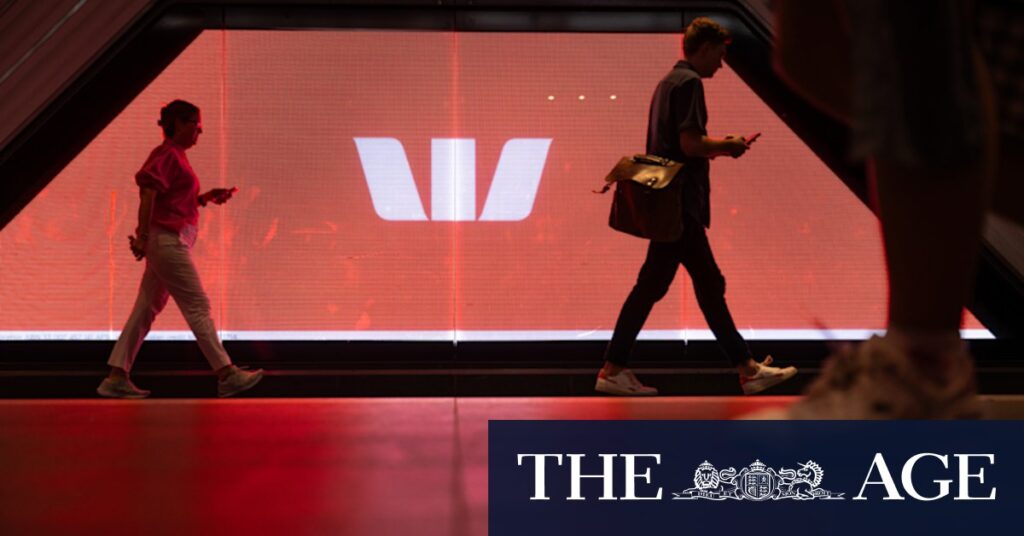
Westpac Banking Corporation, Australia’s second-largest mortgage lender, has announced a strategic decision to sell its $21.4 billion RAMS home loan portfolio. This move is part of the bank’s long-term plan to streamline its operations and reduce costs, even though it will result in a decrease in market share. The announcement coincides with Westpac reporting a slight 1% drop in full-year profits, totaling $6.9 billion, for the year ending in September.
Westpac’s chief executive, Anthony Miller, emphasized that offloading the RAMS portfolio aligns with the bank’s efforts to consolidate its technology systems. Currently, Westpac’s home loans are distributed across three different banking systems: Westpac-branded loans, St George and regional brands, and RAMS. Miller explained,
“In effect, I’ve got three small banks, three small bank cost challenges, three small bank compliance, three small bank risk challenges in managing the mortgage book.”
Streamlining Operations and Reducing Costs
The bank is undergoing a significant technology overhaul aimed at unifying its loan systems into one. This consolidation would have required substantial investment for the RAMS loan book. By selling RAMS, Westpac can achieve its integration goals more efficiently. Miller noted,
“Essentially, I have 1 percentage point less market share, but now, instead of it being spread across three regional bank cost bases, it’s spread across two, and we’re on our way to getting one.”
The RAMS portfolio is being sold to a consortium that includes non-bank lender Pepper Money, private equity firm KKR, and money manager PIMCO. The financial terms of the deal remain undisclosed. Notably, Westpac had already ceased offering new RAMS loans last year following legal challenges from the corporate watchdog.
Financial Performance and Market Dynamics
Despite the sale, Westpac’s financial performance remains robust. The bank’s net interest margins improved by 3 basis points in the September half compared to the previous year, driven by wider margins in the second half and low bad debt charges. Westpac’s deposits grew by 7%, and total loans increased by 6%, with business lending surging by 15% as competition among banks intensified to support small and medium enterprises.
Miller, who took over as CEO in December, commented on the economic landscape, stating,
“Australia remains well positioned in light of ongoing global disruption and economic uncertainty. The majority of our customers have welcomed interest rate relief over the past year, and this is helping fuel a modest recovery in private demand.”
Challenges and Future Outlook
While the bank’s financial health is strong, challenges persist. The Reserve Bank of Australia faces a delicate balancing act in managing rising unemployment and inflation. Miller acknowledged that although conditions for businesses are improving, small businesses continue to grapple with costs related to materials, labor, and energy.
Westpac’s focus on reducing its cost-to-income ratio remains a priority, with Miller reiterating the importance of cost-cutting measures. The bank’s annual report indicated a workforce of 35,263 full-time equivalent staff, a figure largely unchanged from the previous year.
Looking ahead, Westpac’s strategic decisions, including the RAMS sale, reflect a broader industry trend of banks optimizing operations and focusing on core strengths. As the financial sector navigates economic uncertainties, Westpac’s moves underscore its commitment to maintaining stability and growth in a competitive landscape.






